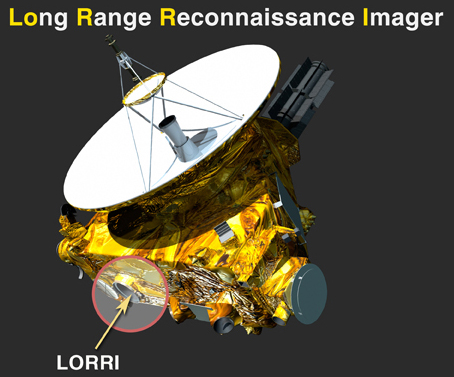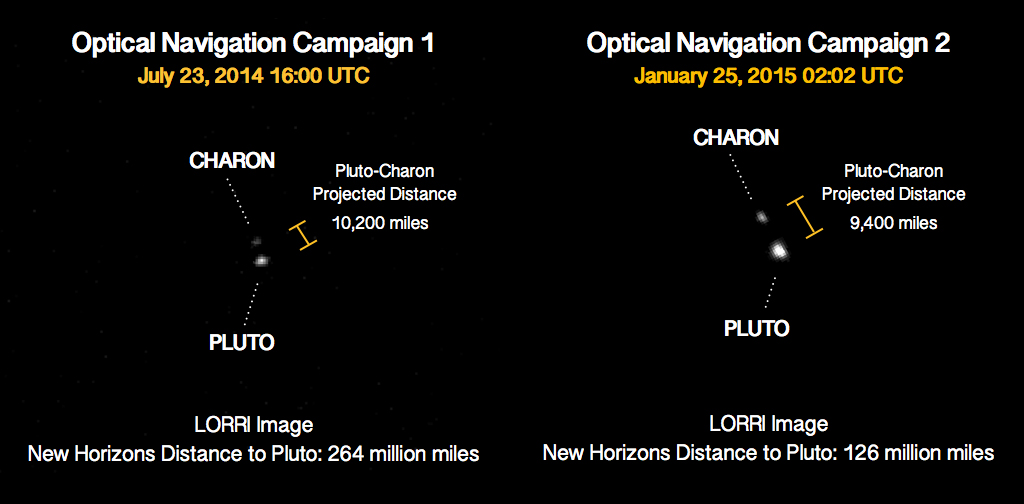Press Release
Happy Birthday Clyde Tombaugh: New Horizons Returns New Images of Pluto
Wed, 02/04/2015 - 14:26

Credit: Johns Hopkins APL
Tombaugh, who died in 1997, was born on Feb. 4, 1906.
“This is our birthday tribute to Professor Tombaugh and the Tombaugh family, in honor of his discovery and life achievements — which truly became a harbinger of 21st century planetary astronomy,” said New Horizons Principal Investigator Alan Stern, from the Southwest Research Institute, Boulder, Colorado. “These images of Pluto, clearly brighter and closer than those New Horizons took last July from twice as far away, represent our first steps at turning the pinpoint of light Clyde saw in the telescopes at Lowell Observatory 85 years ago, into a planet before the eyes of the world this summer.”
The new images, taken with New Horizons’ telescopic Long-Range Reconnaissance Imager (LORRI) on Jan. 25 and Jan. 27, were the first acquired during the spacecraft’s 2015 approach to the Pluto system, which culminates with a close flyby of Pluto and its system of moons on July 14. New Horizons was more than 126 million miles (203 million kilometers) away from Pluto when it began taking the photos, which show Pluto and largest moon, Charon.
“Pluto is finally becoming more than just a pinpoint of light,” said Hal Weaver, New Horizons project scientist at the Johns Hopkins University Applied Physics Laboratory (APL) in Laurel, Maryland. “LORRI has now resolved Pluto, and the dwarf planet will continue to grow larger and larger in the images as New Horizons spacecraft hurtles toward its targets. The new LORRI images also demonstrate that the camera’s performance is unchanged since it was launched more than nine years ago.”

